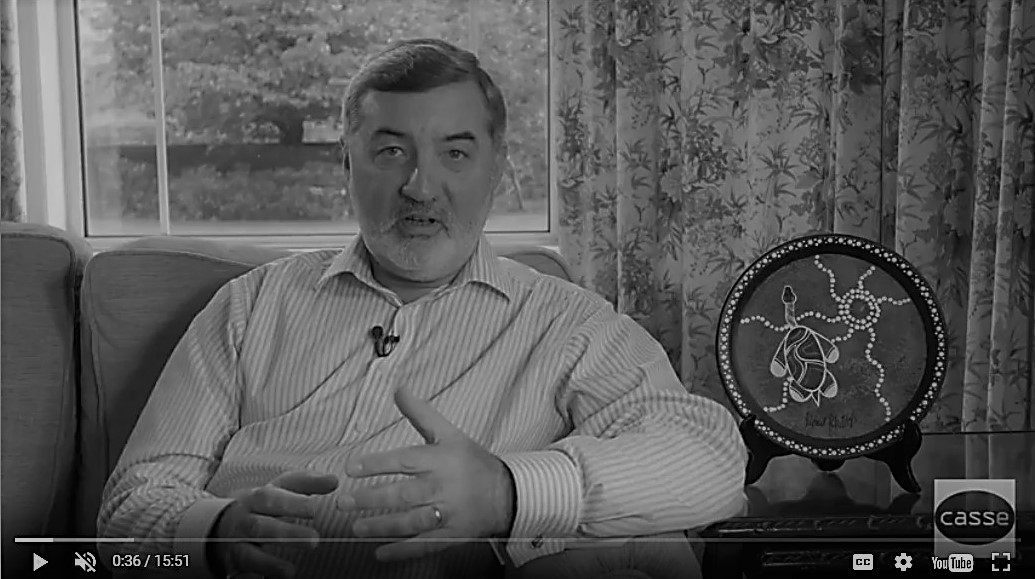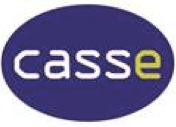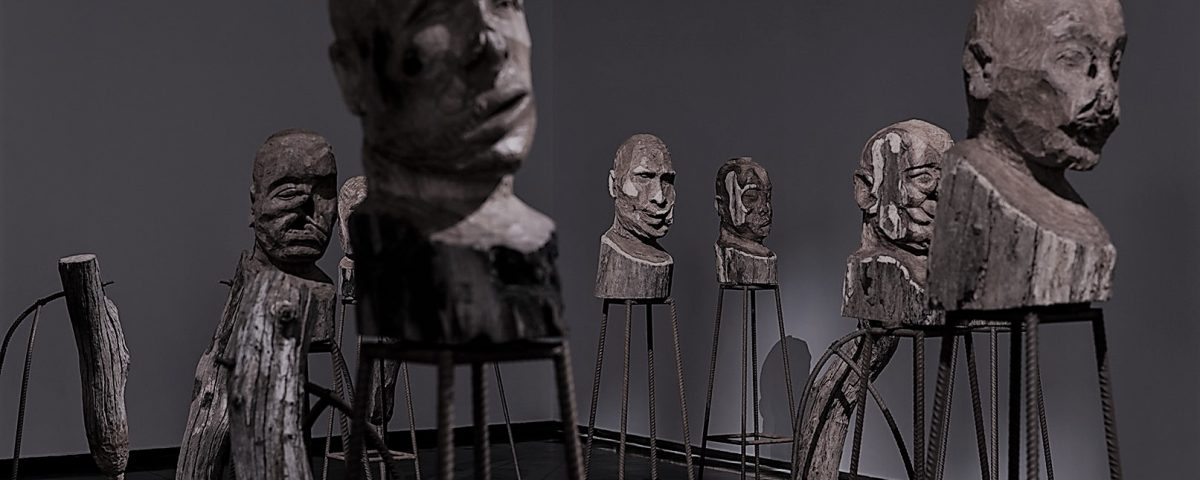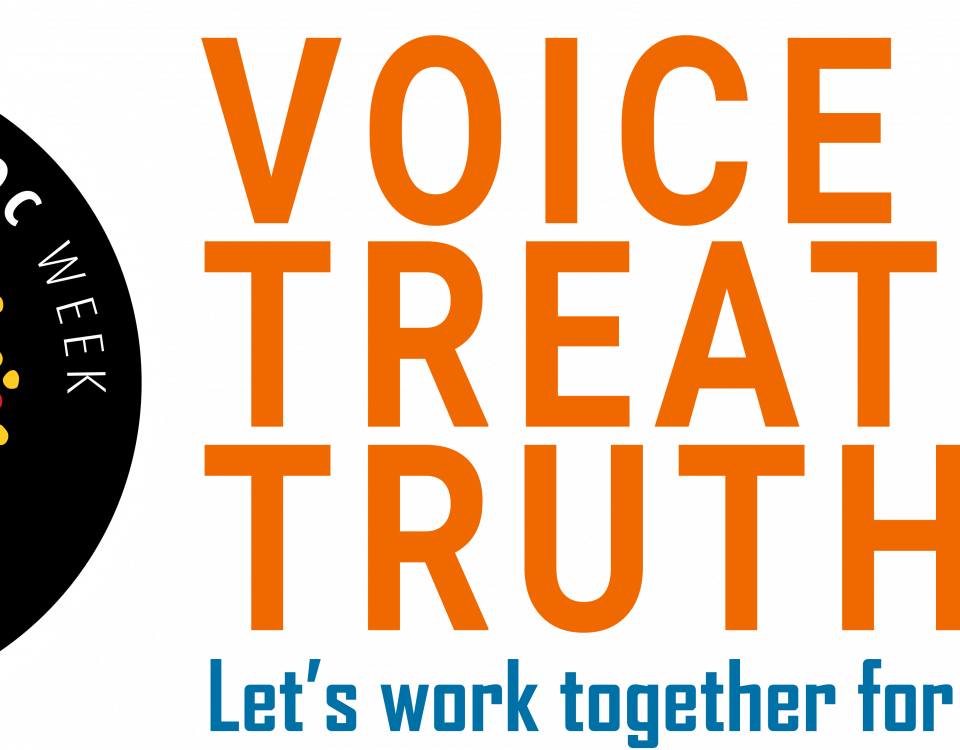
Non-Indigenous Australians support ‘Uluru Statement from the Heart’
November 9, 2017
International recognition
December 17, 2017Image: Kader Attia, ‘J’Accuse’ 2016 (detail) installation view, from ACCA exhibition, Photograph Andrew Curtis
By Pamela Nathan
Review of current exhibition of works by KADER ATTIA – Australian Centre for Contemporary Art (ACCA)
*New comment included at the end of this post
I visited the exhibition of Kader Attia at ACCA yesterday with a friend and colleague – a linguist from Central Australia – Jenny Green. She briefly prepared me on the importance and impact of the exhibition. It is open for another week in Melbourne and has already been shown in Sydney and previously London, etc. Kader was the recent recipient of the 2016 Prix Marcel Duchamp art prize – the most prestigious of awards in France. Kader spent his childhood between France and Algeria and the more he grew up the more he felt that being “in between” was at the core of his identity. His works explore the impact of western capitalism and colonialism on the Middle East and North Africa.
The theme of this exhibition is trauma – injury and repair. This theme is integral to the work of psychoanalysis, for humans who experience undeniable and extraordinary traumatic suffering, so of course I was interested. One enters the exhibition with the first exhibit; fragments of a large stained glass window behind a crumbling wall. I thought about traumatic injury which pierces the protective shield, leaving fragmentation and a smashed and broken container. Then one sees, with some sudden relief, on the other side, the window somewhat repaired with pieces of glass taped together. In this room, there is The Culture of Fear: An Invention of Evil – a massive construction of a series of steel shelving displaying graphic book and journal illustrations revealing “otherness”, racial stereotyping and brutality. J’accuse follows in the next room. A film, in the background or foreground, is also played called J’accuse and veterans from the First World War were used in the entire cast. They are protesting about the Second World War and many have grotesque facial disfigurements and express agonising pleas. Then there are a series of large wooden carved faces on tall rods amongst dismembered limbs. All the faces are distorted, grotesque and disfigured. It is like being in a room of many Munch Screams. But it is deceptive as some sides of the faces are intact. It is like walking the killing fields. The next room heralds a series of doors which look somehow human and they all have a speaker attached. They speak to the opening and shutting of doors and the silencing of voices and the need for voices to be heard. The other highlights, perhaps the most evocative, in deceptive simplicity, includes the extraordinarily powerful and haunting Ghost (2007) – a dense mass of hollow female crouched figures constructed from aluminium foil – evoking the internal Void and emptiness.
Then there is the film Reflecting Memories of 50 minutes which is a relentlessly gripping film about phantom pain – the visible, in terms of physical amputations, but also about the invisible, deeper phantom pain of trauma. There are interviews with surgeons, psychoanalysts and amputees. In conversation recently, someone said they couldn’t understand what “intergenerational trauma” meant. This film is a powerful depiction. It shows the how the ghosts of the past, the dead, have a real place in the world. The amputees speak of terrible pain in limbs which have been amputated. Treatment consists of mirrors and showing the amputee repeatedly that they do not have the limb that causes the so-called pain. The reality of the amputation is not denied. It is recognised. The surgeon says the first thing he does is to say “you have lost this limb”. “Your life will never be the same”. He leaves space for anger and grief. Then he says ‘you will recover but your life will be different, even in some ways better, perhaps’. There ‘phantom pain’ concretely depicts the invisible pain of psychic trauma which is felt but not seen and said not to exist. The analyst called on the importance of telling the story of truth, of the historical pain, in order to repair the pain of the ghosts of the past. If the story is not told – or denied – the anxiety or the deadness stirred by the unspeakable horrors endured by the ghostly ancestors is passed down in nameless dread to the next generations. He speaks of the importance of the recognition of pain. The equivalent to the mirror for the amputees, I think, is therefore the need for critical recognition to be given to the voiceless, invisible pain of trauma, the scars, sustained by the generations. Life can then be generated to fill the void of psychic amputations and phantom pain. One of the amputees, a musician, spoke about using two musical notes (a beautiful piece of music) and the space in between which reflects both presence and absence and structure in absence, and I thought of the potential space which can be used creatively.
The context for Kader is colonisation and its traumatic legacies.
He says in an interview: “I came to the notion of repair after many years of working on “re-appropriation”. I discovered that the real stake of re-appropriation is repair. There is a process whereby cultures dominated by foreign powers that we call colonial… mimic the symbols, or even change their own cultures, by including, absorbing, elements from the West. There are thousands of different absorptions. This process works in both directions too.
Nowadays, we usually believe that repair is the fixing of a broken item or situation; but usually repair is the changing or evolution of a system. …I think the notion of repair became a crucial stake in my understanding of humankind, because it is also part of these untold stories that we are living on the top of, with, and surrounded by. In this era of amnesia, we have to take care of these successions of state between anything we are using or not… In Congo, calabashes are repaired using incredibly sophisticated processes. In Japan, at the opposite side of the world, you have the ceramic cup repaired – highlighting the injury and celebrating it, giving these broken objects a second life. (I add here, it is also what the men of the western desert, The Men’s Tjilirra Movement, are doing when they make their traditional tools and ‘give’ the ruptured knowledge to the younger generation). What I have just described is the opposite of the dogma of modernity in the Western world.
In the 20th century, Western modern world, when an object was broken, you had to repair it by removing much of the injury as possible, then giving back to the object its original status”.
(Kader Attia (2017) ACCA, p. 21-22).
I urge you to see this exhibition. It is of great relevance to the First Nation and to the Makarrata and peacemaking process representing the need for Truth, a Voice and Treaty.
Let us face the ‘phantom pain’ and recognise and repair the terrible injuries with recognition, truth telling and giving voice to the pain and stories of the First Nation. We don’t have to amputate with surgical precision. Life is not achieved with the severance of pain or injury. Mourning needs to be given a space in-between. I think of the metaphor of desert rain. The rain gives the desert life.
Thank you, Kader, for your extraordinary exhibition which is both wounding and reparative.
_______
ADDENDUM 17 November 2017:
Pamela Nathan’s review was posted as a comment on a post in IARPP Colloquium Series: No. 31, November 6 – 19 2017, Topic: “When time stands still: the non-interactive interaction in the psychoanalytic encounter”, Author: Boaz Shalgi, Moderators: Rina Lazar & Adrienne Harris.
Susan Klebanoff, PhD, New York, posted the following response to Pamela’s comment and has give CASSE permission to reproduce the comment on this webpage.
I have been following this seminar quietly, soaking up the depth and thoughtfulness of Boaz’s article and the discussion in a way that makes me feel both connected and enlivened, even as we talk about such challenging patients who struggle with deadness within.
I want to comment on Pamela’s post from the other day. She draws a parallel between patients who live with intergenerational trauma and patients who live with phantom limb syndrome. This is a parallel I also drew in my chapter “I Always Wished I Could Stop Time” in the book, ‘Ghosts in the Consulting Room: Echoes of Trauma in Psychoanalysis‘. One of the parallels that is worth mentioning here is that the etiology of the pain in phantom limb pain is hard to determine, as Pamela says, much like psychic pain that can be invisible. The patient I wrote about lost her mother to cancer when she was an adolescent and felt that her emotional scars were never fully recognized, never witnessed. She built on this feeling when she drew a series of figure portraits for her senior thesis in college, each portrait with a missing limb. “I wanted people to see my pain,” she explained to me, much like the patient Rina describes who deliberately leaves spaces in the music he writes. Those figure portraits my patient drew served as a metaphor throughout her treatment—first on the walls in the family home, then onto her own walls, receding over time to the back of her closet, and eventually ending up in museum quality rolls that she stored lovingly in her first home. Her pain moved from front and center (on display), then hidden, before being able to be integrated in a bearable way. The portraits at times stood in as containers for her emotional pain, and at times a creative outlet. I mention this process now because I think for many of these traumatized patients, who live with unbearable deadness, words are insufficient carriers. Perhaps that is also how I feel myself, wanting to participate in this seminar but also feeling that words are insufficient to capture what I want to say.






